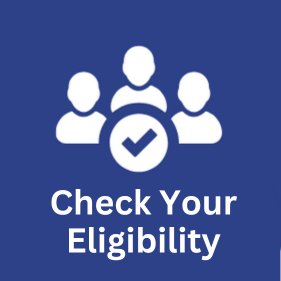Application with Study Gap

Popular international education countries like Canada, the UK, the USA, Australia, New Zealand, Germany, etc., accept study gaps. However, the student must highlight all the positive aspects of the break to convince the academic institutes to grant admission.
If you are applying to a foreign university and have a study gap, here are some important things to consider:
- Be honest about your study gap: If you have a gap in your education, it’s important to be honest about it in your application. Explain the reasons for the gap and what you did during that time. Universities appreciate honesty and transparency.
- Explain what you did during your study gap: If you took a break from your studies, explain what you did then. Did you work, travel, or volunteer? Whatever you did, be sure to highlight the skills and experiences you gained that could be valuable to your studies.
- Highlight any relevant experience: If you have any relevant work or life experience, be sure to highlight it in your application. This could include internships, volunteering, or work experience in your field of study.
- Provide references: If possible, provide references from any work experience or volunteering you did during your study gap. This demonstrates your commitment and work ethic.
- Be realistic about your course choices: If you have a study gap, it’s important to be realistic about the courses you are applying for. Make sure you choose a course that is suitable for your level of experience and qualifications.
- Seek advice: If you need help approaching your application with a study gap, seek advice from a guidance counselor, academic advisor, or the admissions team at the universities you are interested in.
- Pre-Master’s/Diploma: If the Study gap is high, a student may need to do a pre-masters/ diploma course to be eligible for post-graduation.
How can you cover the gap?
- Students involved in jobs or internships should provide an experience certificate or a letter from the employer stating the duration of the job and the salary given to the student.
- If the student enrolls in part-time or certificate courses, they must provide those certificates.
- For voluntary or social work, the student should present participation evidence showcasing the student’s skills and personality development.
- If the reason for such a gap was a medical condition, then the student needs to submit medical proof through the submission of doctor’s reports and medical certificates.
How much gap is accepted?
For a postgraduate degree admission, you can apply to many universities with a gap of 5 years. The application rejection rate is comparatively low when your study gap is less than five years. But there will be no difficulty admitting, if the gap is 10–15 years. Almost all universities accept the gap if you have a valid reason.
INTERESTED TO STUDY?
LET'S TALK TO OUR EXPERT COUNSELLORS

A student can have gap years for many reasons. To justify it, a student must provide a genuine reason for it. When gap years happen, you have to meticulously spend the gap years doing many constructive activities like learning foreign languages, computer learning, internship, or jobs.
For Canada, 2 years study gap is accepted for undergraduate applicants. And for postgraduate applicants, the gap years of 5 years can be accepted.
A student must provide a genuine reason to cover the gap years. You can give possible reasons like family issues, medical issues, doing a job, professional training, reappearing in the exam, etc.
To cover the gap years to study abroad, you should do some constructive work in your gap years. Besides, you should provide a valid reason without telling something unreasonable when justifying it.
Many countries accepted the gap years. Such as the UK, USA, Canada, Australia etc.
For studying in the USA, a year’s gap is acceptable. However, if you have more gap years, you must provide a genuine reason with sufficient evidence.









